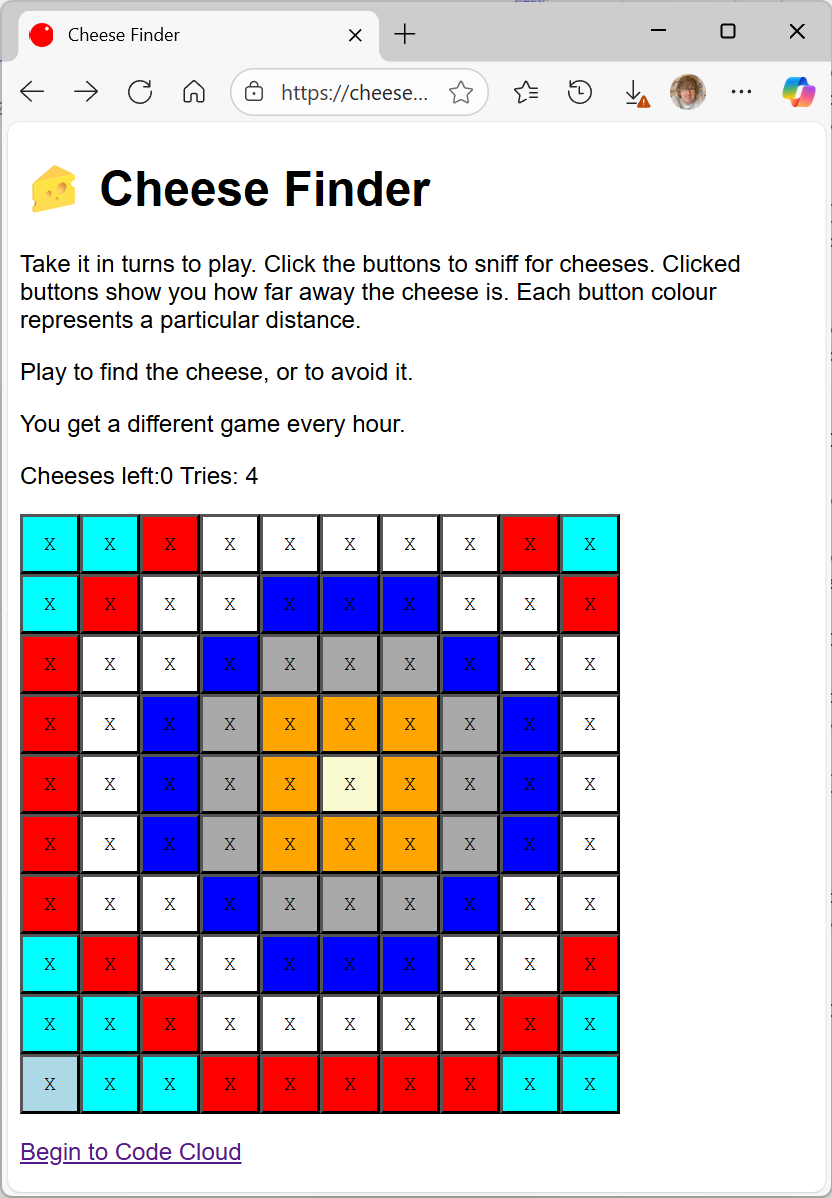Give Yourself Time to Fail
/Restarted the teaching today. I did a show of hands in the first year lecture to find out how many people had started the coursework, which is due for completion in three weeks or so. I was pleased to find that pretty much everyone had started work on it. (or was claiming to have)
It is very important to start your computer science coursework as early as you can. This is because you need to have time to fail. By that I mean that there will be times when your program won't work and you won't be able to work out why. (this still happens to me by the way). In this situation you need time to be able to walk away from the computer and go back to it, which is a problem solving technique that works for me a lot of the time.
The other technique I use is explaining the problem to somebody else, or even just the wall. Half way through the explanation I hit upon the "broken assumption" that is the cause of the problem and can then go and fix it.
This is one of the things that makes computing different from lots of other disciplines. I don't think it is OK to work on the basis that you could dash off an essay overnight, but at least by the time morning comes you could have a bunch of words that may or may not be the right ones.
Try this technique with a programming assignment and at around 10:30 in the evening you'll find that your program doesn't work and you've no idea why. And you have no time to step away for a while and then come back and fix it. So start early.

































